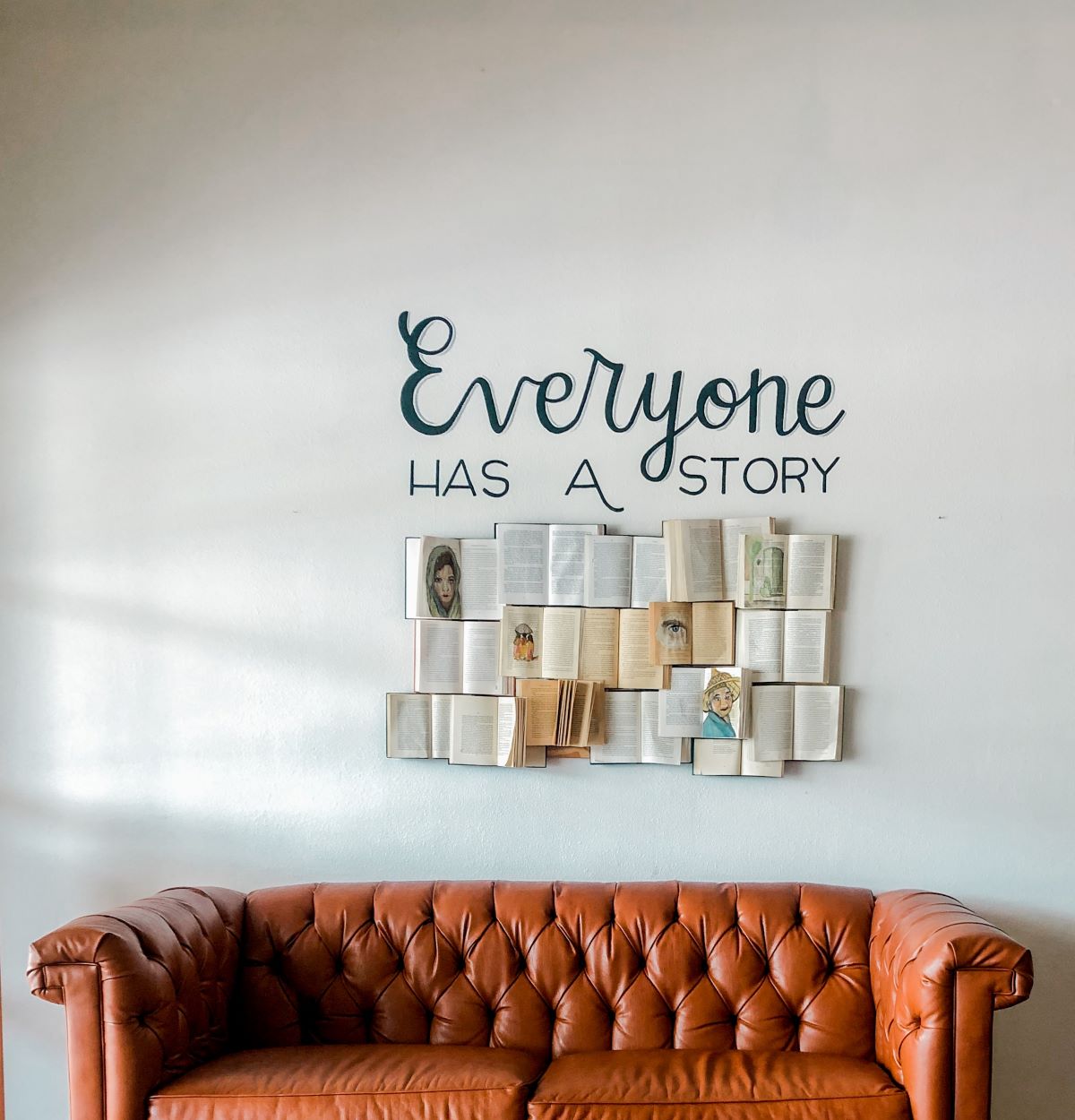
[Flash] The Power of Pathfinding
|
When Adam Cheyer, co-founder of Siri, spoke to students about his success, he shared the power of pathfinding.
“Verbally stating goals has been the single greatest tool that has furthered success in my life.” He then explained his process. As he enters a new chapter in his life, Adam examines his needs and desires, creates a theme, and declares a destination – a goal. For example, inspired by his grandfather who spoke seven languages, he articulated his post-college goal in two words: “foreign perspective.” Adam didn’t know how he would get a foreign perspective, but he planted that flag and then told everyone he met. Why? Because, as he admits, he had no idea how he was going to get there! So, he looked to his community for clues. By verbalizing a goal, Adam:
“People start to help me find the path.” In other words, he seeks out pathfinders – peers, friends, and even strangers – to help him create his journey. During his talk, Adam listed five of his previous goals – the flags he planted – and the paths he ultimately took to reach those goals:
Pathfinding works when we have communicated a destination. Imagine planning a vacation and asking people for ideas and advice but not telling them where you’re going. The goal gives purpose and direction to pathfinding. Not surprisingly, pathfinding is an essential role for mentors. But when mentees show up without a goal, mentors implore, “Help me help you, mentee!” Knowing the goal, mentors can propose various paths. Yet, sometimes, “finding a goal” feels overwhelming or obligatory. Whereas a “destination” can be enticing, even seductive! Recently, when I verbalized a destination to “radiate serenity,” one pathfinder recommended knitting and another recommended improv. Two paths I had not considered! By purposely pathfinding, I can actively curate the advice, perspectives, and ideas I need in pursuit of a destination while inviting others to engage and make a difference. Destinations inspire action. Pathfinding ignites champions. © 2024. Ann Tardy and MentorLead. www.mentorlead.com. All Rights Reserved. |








